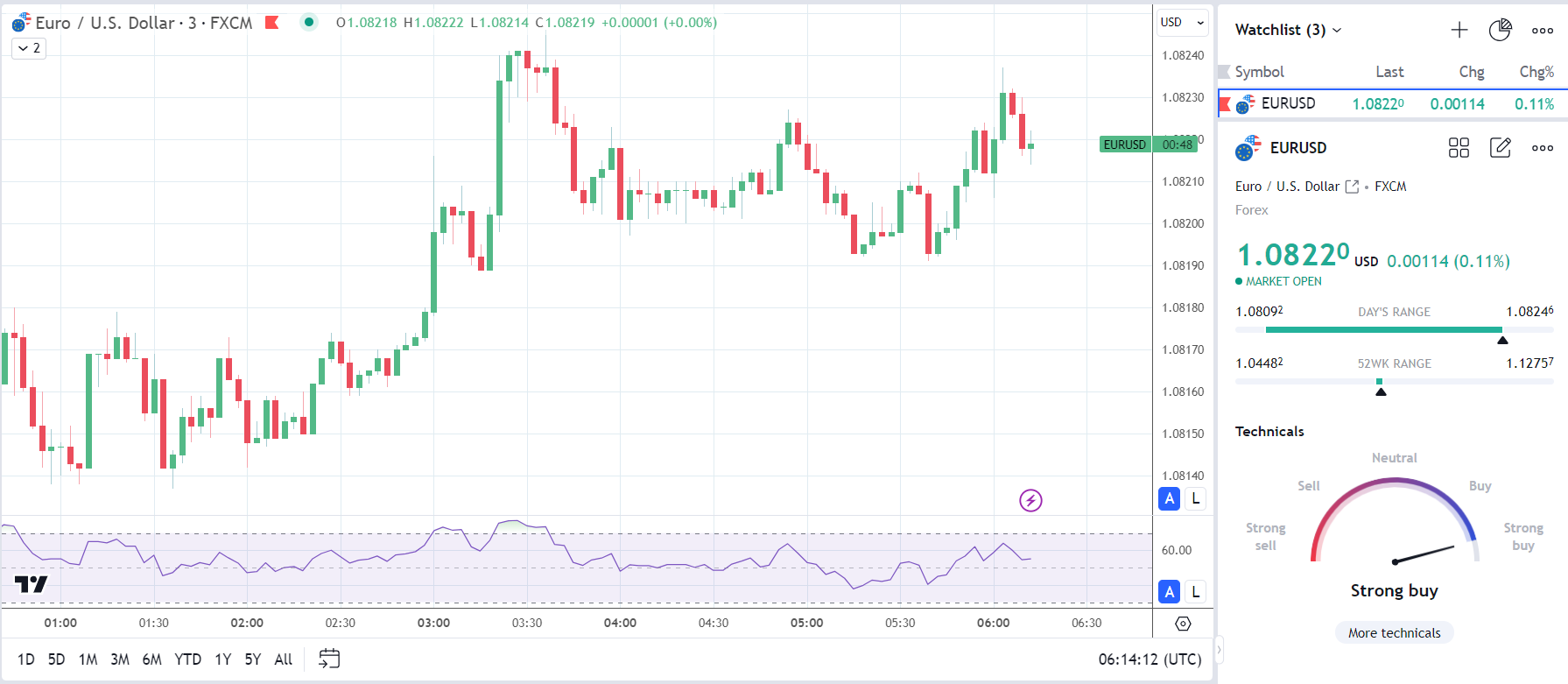Published: Jul 5, 2024, 06:37 GMT+00:00
Key Points:
- German industrial production tumbled 2.5% in May.
- Industrial production and factory order figures for May signaled a deteriorating demand environment.
- Next up, Eurozone retail sales and the all-important US Jobs Report.

In this article:
On Friday, July 5, the German manufacturing sector was under the spotlight after weak factory order numbers from Thursday, July 4.
German Industrial Production Slumps on Weak Orders
German industrial production tumbled by 2.5% in May, following a 0.1% (revised) increase in April. Economists industrial production to increase by 0.2%.
According to Destatis,
- Industrial production, excluding energy and construction, declined by 2.9% in May.
- Consumer goods production slipped by 0.2%, while the production of intermediate goods fell by 2.7%.
- The production of capital goods tumbled by 4.0%.
- The automotive industry reported a 5.2% slide in production, reversing a 4.5% rise from April.
- Mechanical engineering was down 5.9%, also impacting the headline figure.
- However, outside industry, energy production increased by 2.6%, while construction production declined by 3.3%.
- Production from March 2024 to May 2024 was flat compared to the previous three months.
- Year-on-year, production was down 6.7%.
The latest industrial production numbers followed an unexpected fall in German factory orders in May. Factory orders fell by 1.6%, suggesting continued pressure on industrial production and the broader German manufacturing sector. For context, German factory orders fell for the fourth time in five months in May.

German Economy and the ECB Rate Path
Recent manufacturing sector indicators from Germany signaled a deteriorating demand environment. While the numbers raised concerns about the German economy, the service sector, wage growth, and inflation remain focal points for the ECB. The manufacturing sector accounts for less than 30% of the German economy. Nevertheless, the increasing threat of a German recession is unlikely to go unnoticed. Once the ECB is confident inflation is sustainably returning to target, the ECB may cut rates more aggressively to support the ailing German economy.
EUR/USD Reaction to German Industrial Production
Before the German industrial production numbers, the EUR/USD fell to a low of $1.08092 before climbing to a high of $1.08217.
However, in response to the stats, the EUR/USD fell to a low of $1.08206 before rising to a high of $1.08237. On Friday, July 5, the EUR/USD was up 0.11% to $1.08220.

Next Up
Later in the session on Friday, Eurozone retail sales figures will warrant investor attention. Upward trends in consumer spending could fuel demand-driven inflation and delay the timing of an ECB rate cut. Economists forecast retail sales to increase by 0.2% in May after falling by 0.5% in April. However, the crucial US Jobs Report will impact the global financial markets more. Softer-than-expected wage growth and an uptick in the US employment rate could cement investor bets on a September Fed rate cut. Economists expect average hourly earnings to increase 3.9% year-on-year in June after rising 4.1% in May. Average hourly earnings had eased to 4.0% in April before an uptick in May. Furthermore, economists expect the US unemployment rate to remain unchanged at 4.0%.
On Tuesday, Fed Chair Powell said that wage growth remained elevated, placing focus on the average hourly earnings data.

Investors should monitor the news wires, real-time economic data, and expert commentary to manage trading strategies accordingly. Stay informed with our latest updates and insights to navigate the equity and forex markets effectively.
About the Author
With over 20 years of experience in the finance industry, Bob has been managing regional teams across Europe and Asia and focusing on analytics across both corporate and financial institutions. Currently he is covering developments relating to the financial markets, including currencies, commodities, alternative asset classes, and global equities.
Did you find this article useful?
Latest news and analysis






Advertisement















